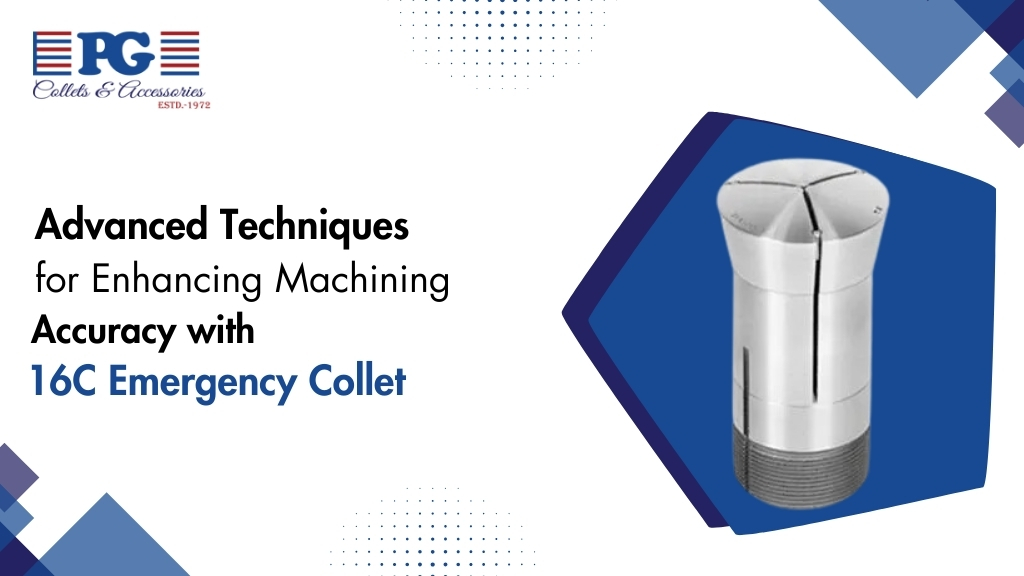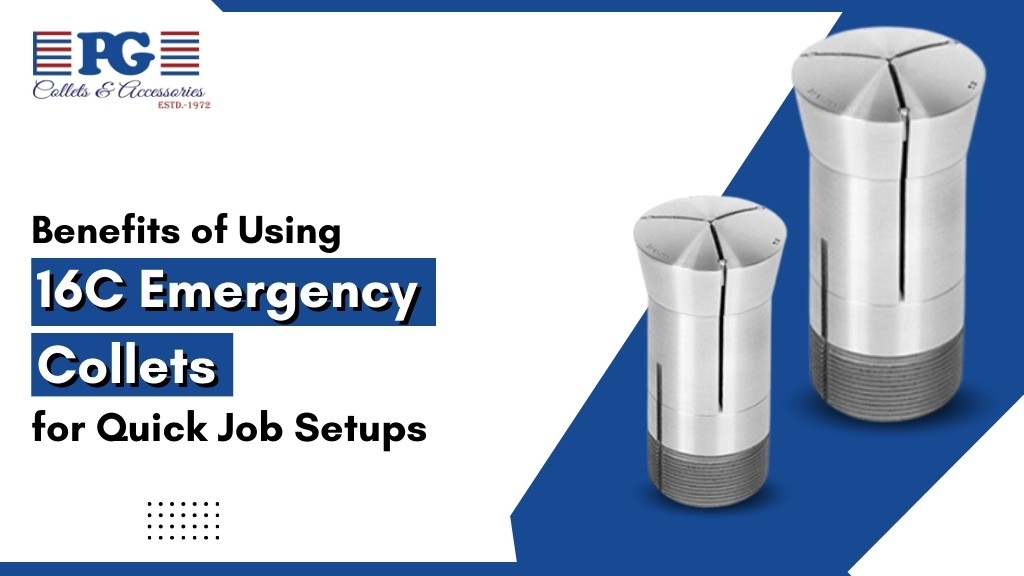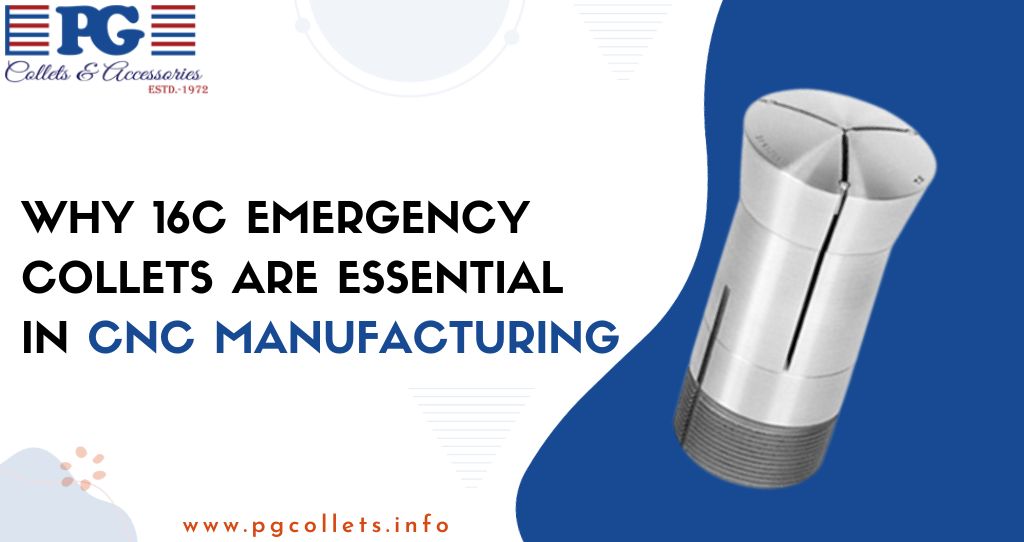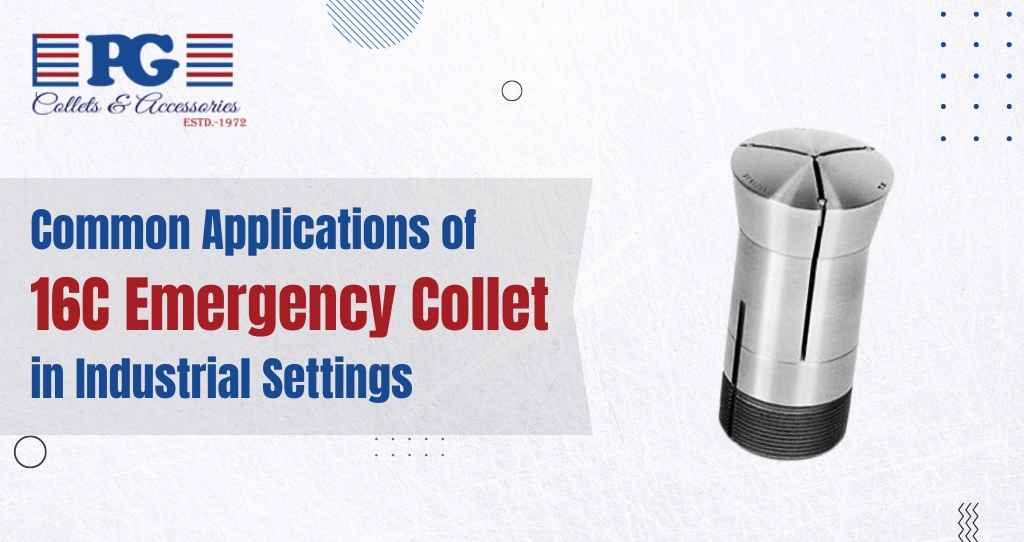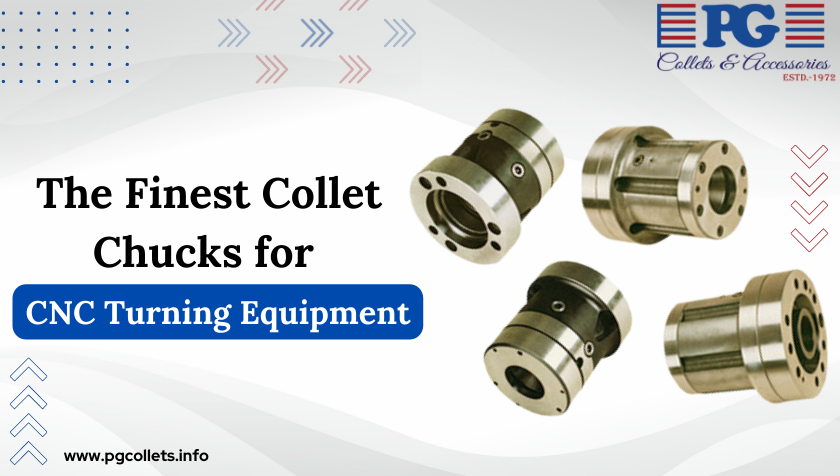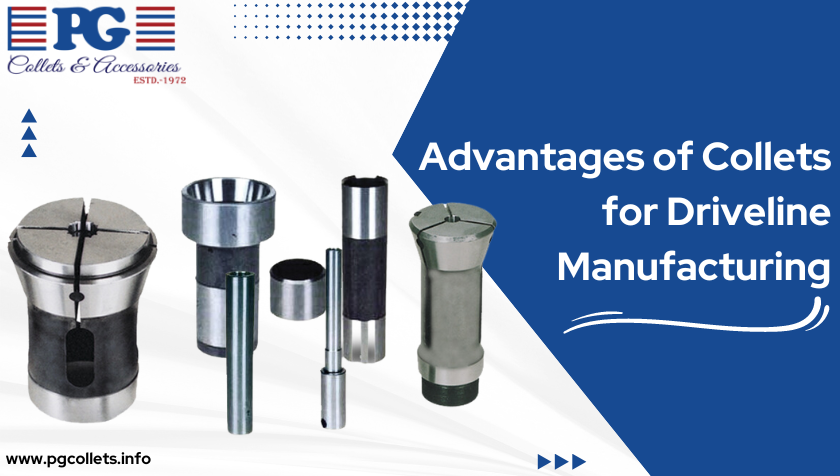In the realm of precision machining, achieving superior accuracy is crucial for maintaining product quality and operational efficiency. The 16C emergency collet has become a key component in this pursuit of precision. This article delves into advanced techniques to leverage the 16C emergency collet effectively, ensuring that it delivers the highest standards of machining accuracy.
Understanding the 16C Emergency Collet
The 16C emergency collet is designed to offer precise clamping and support for various tooling applications. Its primary function is to hold the tool securely in place, reducing any movement that could impact the accuracy of the machining process. The design and versatility of the 16C emergency collet make it a valuable asset for tasks that demand exacting standards.
Optimizing Machining Accuracy with Advanced Techniques
1. Precision Setup and Calibration
The foundation of achieving high machining accuracy begins with the correct setup and calibration of the 16C emergency collet. Ensure that the collet is properly installed and aligned within the spindle. Any misalignment may result in inaccurate work in the end. Use precision measurement tools to check the alignment of the collet and the tool it holds. Regular calibration of your equipment helps in maintaining the desired accuracy throughout the machining process.
2. Leveraging Advanced Tooling Technologies
Pairing the 16C tool holder with cutting-edge tooling technologies can significantly enhance machining precision. Tools designed with advanced materials and coatings can improve performance and extend the lifespan of both the tooling and the collet. Utilize high-speed and high-feed cutting tools to complement the precision offered by the 16C collet, which allows for more accurate and efficient material removal.
3. Implementing Consistent Clamping Forces
Consistent clamping force is essential for maintaining the accuracy of the 16C emergency collet. Variations in clamping force can lead to tool movement and inconsistencies in the machining process. Use calibrated torque wrenches to apply uniform clamping pressure and regularly inspect the collet for signs of wear or damage that might affect its clamping ability. This consistency helps in achieving uniform results and reduces the risk of errors.
4. Utilizing Advanced Machining Techniques
Incorporating advanced machining techniques can further leverage the benefits of the 16C Machining Collet. Techniques such as high-speed machining, multi-axis machining, and precision grinding require the stability and accuracy that the 16C collet provides. High-speed machining minimizes vibration and heat generation, leading to more precise cuts and longer tool life. Multi-axis machining allows for complex part geometries with high precision, and precision grinding ensures fine surface finishes.
5. Routine Maintenance and Inspection
Regular maintenance and inspection of the 16C emergency collet are crucial for sustaining its performance and accuracy. Periodically clean the collet to remove debris and contaminants that could affect its operation. Inspect the collet for signs of wear, deformation, or damage, and replace it as necessary to maintain optimal performance. Proper storage and handling of the collet also play a role in preserving its accuracy.
6. Integrating Quality Control Measures
Implementing stringent quality control measures in your machining process can enhance the effectiveness of the 16C emergency collet. Employ precision measuring instruments to monitor the dimensions and tolerances of the machined parts. Regularly review and analyze the data to identify any deviations or trends that could impact accuracy. Adjust machining parameters and processes based on this data to continuously improve precision.
Case Study: Enhancing Accuracy with the 16C Emergency Collet
Consider a machining operation that requires the production of high-tolerance components. By integrating the 16C emergency collet into the setup, the operator achieved a notable improvement in accuracy. Through careful alignment, consistent clamping, and the use of advanced tooling, the machining process saw a reduction in runout and improved surface finish. Routine maintenance ensured that the collet remained in peak condition, contributing to overall operational efficiency.
Conclusion
The 16C emergency collet is a critical tool for achieving high machining accuracy, but its effectiveness relies on the implementation of advanced techniques. By focusing on precision setup, leveraging advanced tooling technologies, ensuring consistent clamping forces, and performing routine maintenance, manufacturers can maximize the benefits of the 16C collet. Integrating these techniques into your machining processes will not only enhance accuracy but also improve overall efficiency and product quality. Embrace these advanced methods to unlock the full potential of the 16C emergency collet and elevate your machining operations to new levels of precision and excellence.


